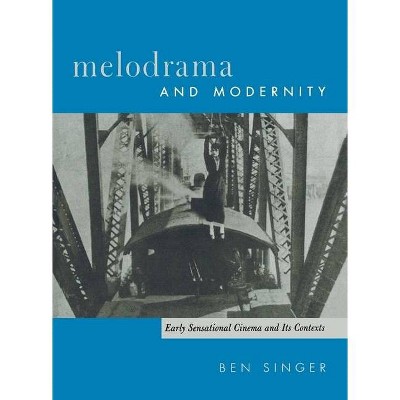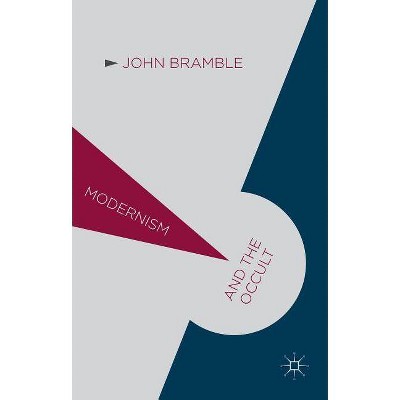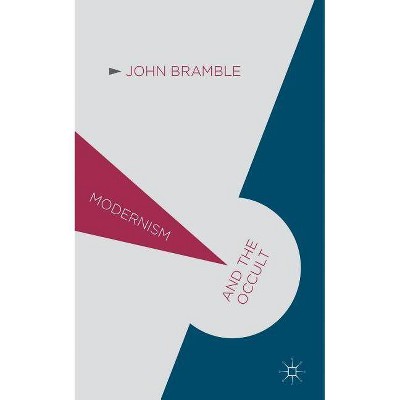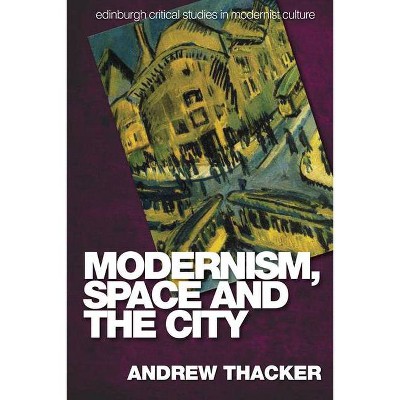Douglas Sirk, Aesthetic Modernism and the Culture of Modernity - by Victoria L Evans (Paperback)
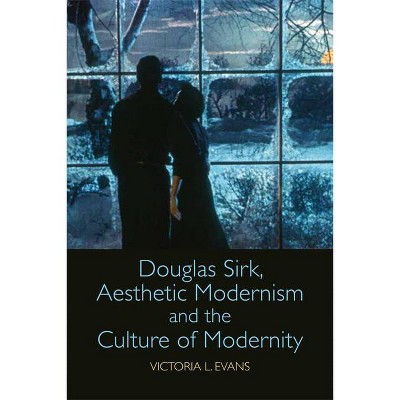
Similar Products
Products of same category from the store
AllProduct info
<p/><br></br><p><b> About the Book </b></p></br></br><p>With detailed case studies of <em>Final Chord</em> and <em>All That Heaven Allows</em>, Victoria Evans demonstrates how Sirk attempted to dissolve the boundaries of cinema by assimilating elements of avant-garde art, architecture and design into the colour, composition and setting of many of his most well-known films.</p><p/><br></br><p><b> Book Synopsis </b></p></br></br><p>The first truly interdisciplinary analysis to link Douglas Sirk's striking visual aesthetic to key movements in twentieth century art and architecture, this book reveals how the exaggerated artifice of Sirk's formal style emerged from his detailed understanding of the artistic debates that raged in 1920s Europe and the post-war United States. With detailed case studies of <em>Final Chord</em> and <em>All That Heaven Allows</em>, Victoria Evans demonstrates how Sirk attempted to dissolve the boundaries of cinema by assimilating elements of avant-garde art, architecture and design into the colour, composition and setting of many of his most well-known films. Treating Sirk's oeuvre as a continuum between his German and American periods, Evans argues that his mise-en-scène was the result of an interdisciplinary, transnational dialogue, and illuminates the broader cultural context in which his films appeared by establishing links between archival documents, Modernist manifestos and the philosophical writings of his peers.</p><p/><br></br><p><b> From the Back Cover </b></p></br></br>Douglas Sirk, Aesthetic Modernism and the Culture of Modernity By Victoria L. Evans The first truly interdisciplinary analysis to link Douglas Sirk's striking visual aesthetic to key movements in twentieth century art and architecture, this book reveals how the exaggerated artifice of Sirk's formal style emerged from his detailed understanding of the artistic debates that raged in 1920s Europe and the post-war United States. With detailed case studies of 'Final Chord' and 'All That Heaven Allows', Victoria Evans demonstrates how Sirk attempted to dissolve the boundaries of cinema by assimilating elements of avant-garde art, architecture and design into the colour, composition and setting of many of his most well-known films. Treating Sirk's oeuvre as a continuum between his German and American periods, Evans argues that his mise-en-scène was the result of an interdisciplinary, transnational dialogue, and illuminates the broader cultural context in which his films appeared by establishing links between archival documents, Modernist manifestos and the philosophical writings of his peers. Dr Victoria L. Evans is the main programmer for the Dunedin Film Society and an organiser in Dunedin for the New Zealand International Film Festival.<p/><br></br><p><b> About the Author </b></p></br></br><p>Dr Victoria Evans is the main programmer for the Dunedin Film Society and an organiser for the New Zealand International Film Festival. She is also on the national management committee of the New Zealand Federation of Film Societies. She received her phD from the University of Otago in 2008.<p>
Price History
Price Archive shows prices from various stores, lets you see history and find the cheapest. There is no actual sale on the website. For all support, inquiry and suggestion messages communication@pricearchive.us
